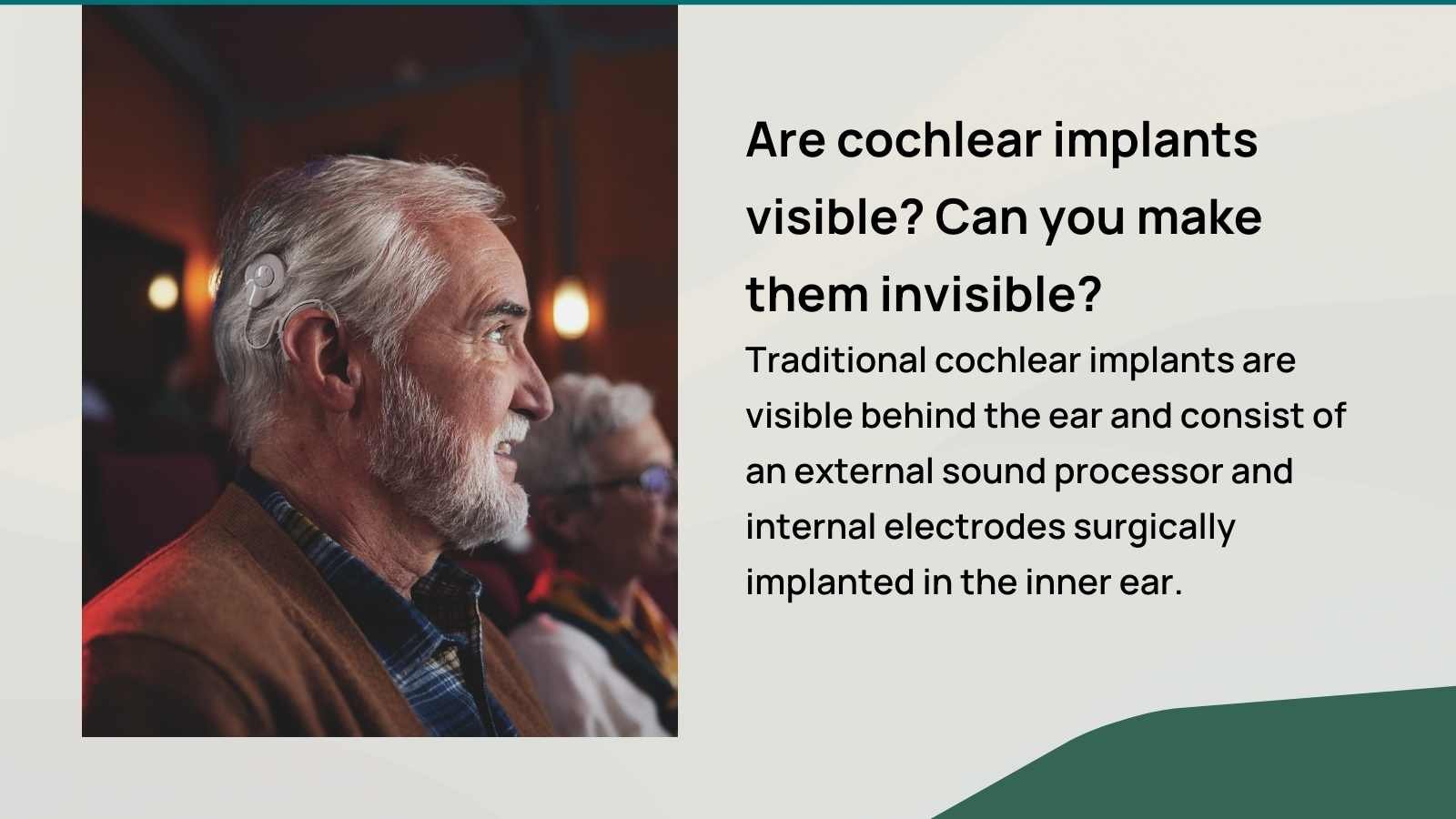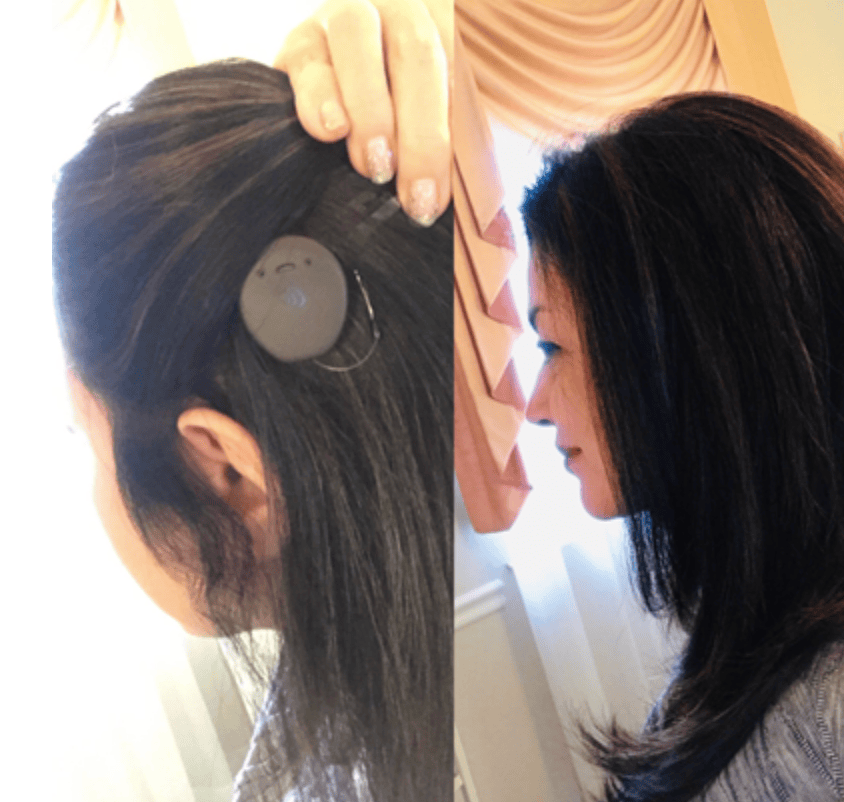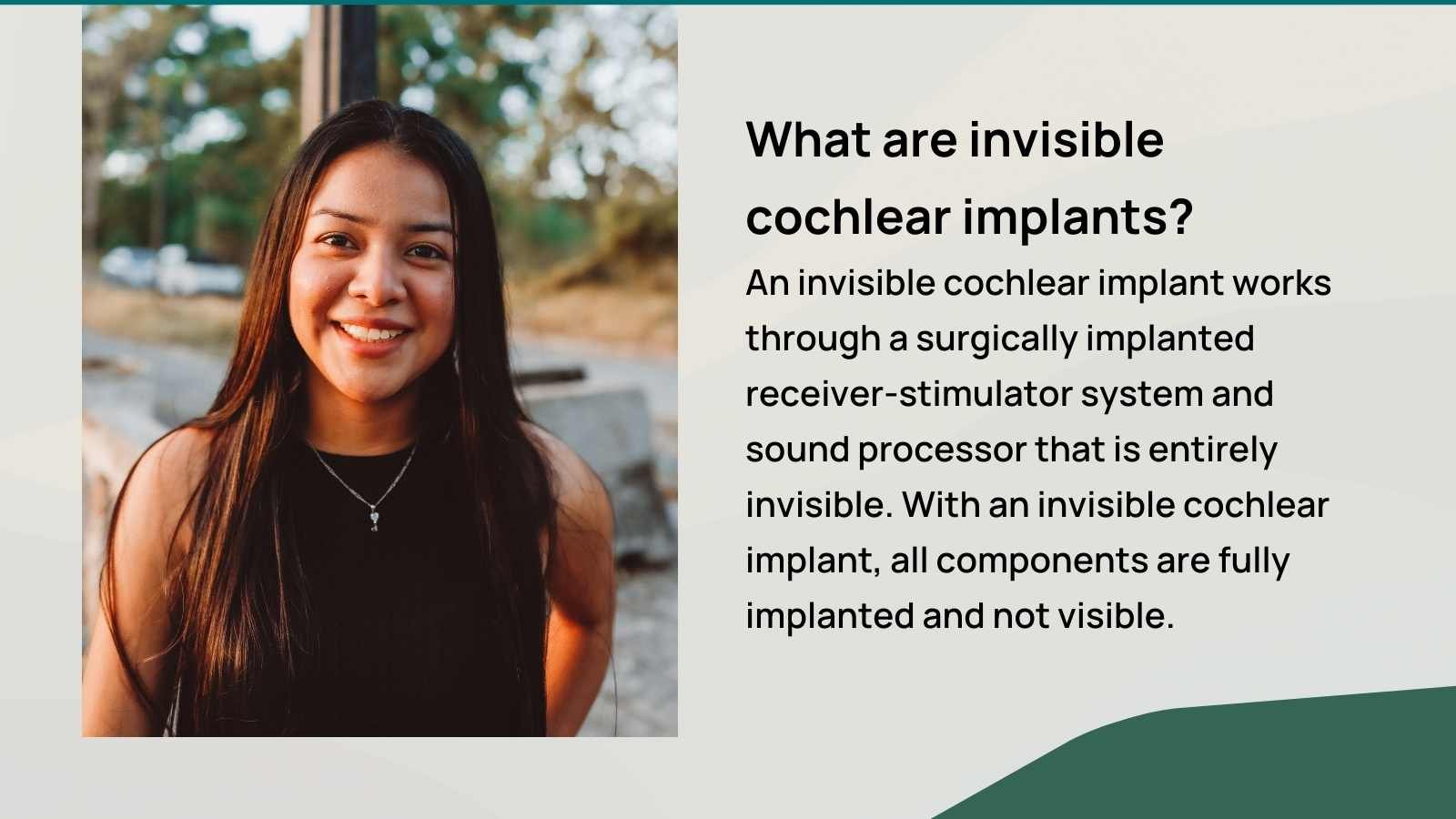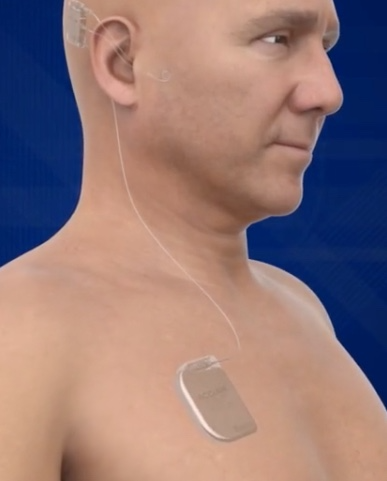Hearing loss can be a frustrating—and isolating—experience. With this in mind, cochlear implants have become a life-changing solution for folks with hearing loss, providing hope and accessibility to the world of sound.
As an audiologist, I've seen firsthand the difference that cochlear implants can make in a patient’s life.
While this device can radically impact a person’s everyday life, potential cochlear implant candidates express some concerns about the hearing aid’s visibility.
That’s where innovation comes into play. With new technological advancements, invisible cochlear implants are a new alternative on the horizon.
This article will discuss the possibility of invisible cochlear implants and explore their effectiveness, cost, and availability.
Traditional Cochlear Implants

Cochlear implants can be life-changing for patients who no longer benefit from hearing aids. I've worked with many cochlear implant patients who have improved their quality of life, enjoying conversations with friends and family again.
It's important to note that cochlear implants are not a quick fix and do involve a rehabilitation period, during which the brain learns how to process hearing electrically and adjusts to the implant. If you want to learn more, check out our full guide on cochlear implants here.
Are cochlear implants visible? Can you make them invisible?

Traditional cochlear implants are visible behind the ear and consist of an external sound processor and internal electrodes surgically implanted in the inner ear. Depending on hair length, the device may be more or less visible. Speech processors nowadays have several options, including behind-the-ear and off-the-ear options.
Example 1 — Kanso 2, off-the-ear processor

Example 2 — Nucleus behind the ear processor

Truly invisible cochlear implants are now a new option on the horizon. These implants work the same way as visible cochlear implants, but the external sound processor is hidden under the skin, making the device virtually undetectable (yes, really!).
In 2022, Envoy Medical received FDA approval for a clinical trial of its Acclaim cochlear implant, a completely internal cochlear implant. This device is currently investigational and available only in select clinics as part of the clinical trial over the next few years.
The Esteem Middle Ear implants are an example of an entirely internal hearing device that came to market after a rigorous clinical trial. While different from a cochlear implant, this is an example of an invisible, implanted hearing device.
What are invisible cochlear implants?

An invisible cochlear implant works through a surgically implanted receiver-stimulator system and sound processor that is entirely invisible. With an invisible cochlear implant, all components are fully implanted and not visible. Therefore, an invisible cochlear implant's components differ from a traditional implant. Let's break this down.
The Esteem sensor converts vibrations from the middle ear's ossicles into electrical signals sent to the hearing nerve.
This unique sensor is modeled after the Envoy Medical Esteem implant, which uses a sensor to read vibrations from the eardrum. The Acclaim cochlear implant converts these vibrations into an electrical signal routed through the cochlea to the hearing nerve.

The battery for this device is surgically implanted below the skin on the chest. This battery is designed to last for years and does not need to be charged or replaced.
How is it different from a traditional cochlear implant?

The most obvious difference between traditional cochlear implants versus invisible cochlear implants is what you see on the outside.
Stigma is one reason why people avoid treatment or wait before seeking intervention. While not yet widely available, the prospect of invisible implants could help more people to get intervention for their hearing loss sooner.
Other major differences? Charging and maintenance. Traditional cochlear implants are partially implanted devices, which use an external speech processor that attaches via a magnet to the head. At the end of the day, the speech processor is removed from the head to charge the batteries and give the skin a break from the magnet.
Traditional cochlear implants are a treatment option for both adults and children and can fit a wider range of hearing loss, from moderate to profound.
Invisible Cochlear Implant Advantages
Invisible cochlear implants are different in that they don't require charging and provide hearing support 24/7. Additionally, they are fully waterproof and don't require protective covering like traditional cochlear implants. Invisible implants allow patients to live their lives without much additional thought to their hearing device.
The way sound is processed also differs from a traditional implant. With the microphone positioned behind the ear, a traditional cochlear implant speech processor processes sound from the environment in a similar way to a hearing aid. An invisible cochlear implant is different in that it uses the ear's natural anatomy, capturing sound from a more natural position in the ear canal.
Currently, invisible cochlear implants are investigational and are intended for adults with severe to profound sensorineural hearing loss. Criteria will likely expand to include pediatrics and a wider range of hearing loss.
Are they effective?

In 2019, the Acclaim received the Breakthrough Device Designation status from the FDA, and in August 2022 Mayo Clinic commenced a clinical trial of the Acclaim cochlear implant.
As an investigational device, data is still being collected and these invisible implants are seeking regulatory approval. While not the same as the Acclaim cochlear implant, the Envoy Esteem shares some of the same technology clinical trial data collected from a group of 57 participants showed positive results, no unanticipated adverse events, and improvement when compared to conventional hearing aids over a 5-year period.
What do cochlear implants cost?

The cost of cochlear implants varies depending on the manufacturer, hospital, surgeon, insurance, and aftercare. In the United States, a single cochlear implant can cost between $50,000 and $100,000.
But, many insurance providers and healthcare organizations offer coverage for cochlear implants, reducing the cost for patients. Also keep in mind that invisible cochlear implants are not yet covered by insurance.
Where to start?

If you are considering a cochlear implant, speak to a cochlear implant audiologist to see if you are a candidate. Anyone considering cochlear implantation should first trial hearing aids.
Cochlear implant candidacy is evaluated through several types of audiological testing, physician evaluation, and imaging. If you'd like to learn more about the process from the patient's perspective, reach out to one of the manufacturers. For example, Cochlear Americas can connect you with a CI recipient who can help answer questions about what the process is like.
Final Thoughts
Invisible cochlear implants could revolutionize how we think about hearing technology. They provide day and night hearing support without the need for charging and can be used in a variety of different environments making them ideal for active lifestyles.
As they become available, invisible cochlear implants will offer an additional treatment option to those with severe to profound hearing.






